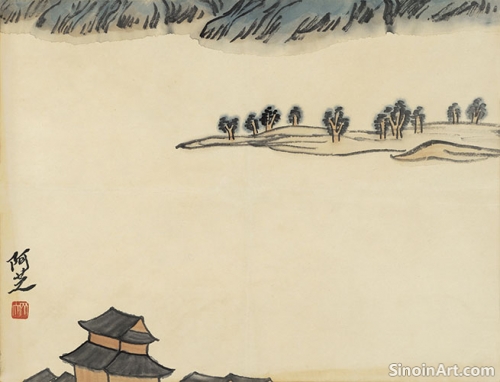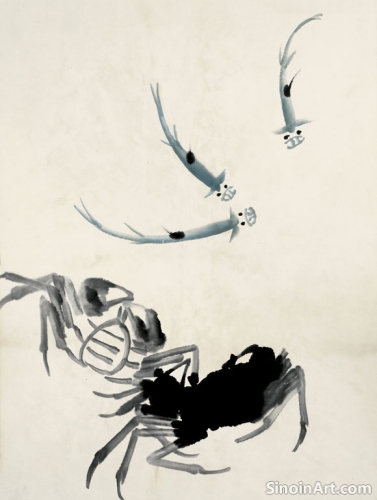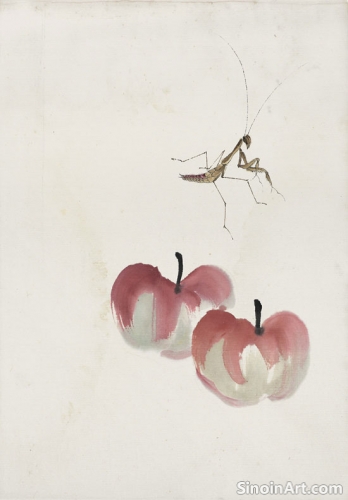Exploring the Subject of Flowers in Xieyi
|
Flowers are a beloved subject in Xieyi painting, offering a rich tapestry of forms, colors, and symbolic meanings. Artists often use flowers to convey a range of emotions, from delicate beauty and fleeting youth to resilience and inner strength. They are more than just representations; they become vessels for the artist’s inner world.  Each type of flower has its own distinct symbolism in Chinese culture. Plum blossoms, for example, are revered for their ability to bloom in the depths of winter, representing courage and perseverance. Orchids are often associated with refinement and elegance, while chrysanthemums represent longevity. The choice of flower is often intentional, carrying a significant symbolic weight.  The artist does not simply paint flowers as they appear; they aim to capture their essential nature and the qi, or vital energy, that animates them. A few well-placed brushstrokes can suggest the delicate curves of a petal, the vibrant hues of a blossom, and the way a flower interacts with its environment. This focus on essence is a hallmark of the Xieyi technique.  The use of color in flower paintings is often subtle and nuanced. Artists often use light washes of ink and color to suggest form and texture, allowing the white of the paper to play a prominent role in the overall composition. The colors are often suggestive, never exact, giving the paintings a dream-like quality. The act of painting flowers can be seen as a form of meditation, allowing the artist to connect with the beauty and rhythms of the natural world. Through observation and reflection, artists can achieve a deeper appreciation for the fleeting nature of beauty. The act becomes an appreciation of the natural world. |
Tag : Flower painting, Chinese flower art, floral symbolism, Xieyi flowers, ink wash flowers
Related information
- Xieyi Painting and the Appreciation of Imperfection
- Xieyi and the Concept of Spontaneity
- Common Subjects in Xieyi Painting
- The Use of "Side Brush" in Xieyi
- Materials and Tools for Xieyi Painting
Xieyi painting embraces imperfection as a source of beauty and reflects the spontaneity of the natural world, valuing the unpredictable nature of ink and brushstrokes, the unique hand of the artist, and the philosophy of Daoism, inviting viewers to appreciate the process and the authentic human element within the artwork.
Spontaneity is crucial in Xieyi painting, reflecting the emphasis on intuition, direct experience, and the expression of immediate feelings, allowing the artist to embrace imperfections and work in the moment, aligning with the principles of Chan Buddhism.
Common subjects in Xieyi painting include bamboo, plum blossoms, landscapes, birds, flowers, and animals, each imbued with symbolism and representing aspects of nature and the artist's inner world.
The "Side Brush" (cèfēng) technique in Xieyi involves holding the brush at an angle to create strokes with distinct texture and varying width, allowing for greater expressiveness, dynamism, and effective depiction of textured surfaces and movement, a crucial skill for any Xieyi painter.
The four treasures of the study - brushes, ink, paper, and inkstone – are crucial tools for Xieyi painting. Each tool, from brush construction to paper absorbency, affects the ink application and contributes to the unique character of the artwork.